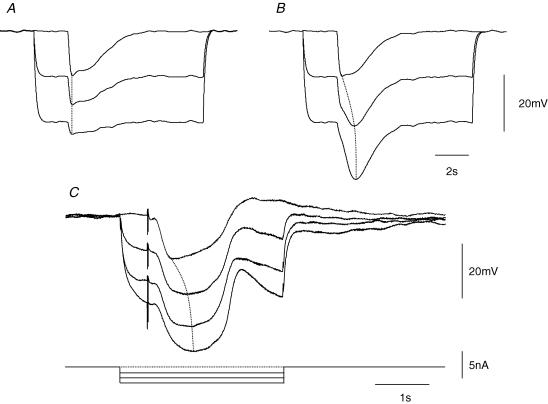Figure 8. Effect of changing membrane potential on composite IJPs recorded from the circular layer of guinea-pig proximal colon.
The upper two sets of traces illustrate calculations which show the effect of changing the membrane potential on the control IJP if it was assumed to result from a brief followed by a slower increase in gK (A) or if it was assumed to result from a brief increase in gK followed by a decrease in gcation (B). For details of calculations see Methods. Note that if the IJP resulted from two separate increases in gK, the time course the IJP did not change as the membrane potential approached EK, with the time to peak hyperpolarization, shown by a dotted line, remaining constant. Conversely if the IJP resulted from an initial increase in gK followed by a decrease in gcation, the time to peak of the IJP, shown by dotted line, increased as the membrane potential approached EK. The upper time and voltage calibration bars apply to both sets of simulations. The overlaid traces in C show the effects of changing membrane potential on the control IJP. Note that the time to peak hyperpolarization, again shown by a dotted line, increased as the membrane potential was made more negative. The lower time, voltage and current calibration bars apply to experimental observations; each experimental trace is the average of 4 successive responses whereas the computations illustrate the average of 40 successive computations. Atropine (1 μm) and nifedipine (1 μm) were present throughout.

